9 Crops to Grow in a Crisis
What crops should you grow in a crisis or simply to prepare for uncertain times?
The events surrounding the worldwide pandemic in 2020 have motivated many to either start a garden or get more strategic about what they plant. Even those of us who have gardened on a larger scale for years are beginning to re-think what we grow in case a time comes when we don’t have grocery stores as a back-up.
Whether you are beginning your first garden or are scaling up your gardening efforts, you may be asking yourself, what ARE the best crops to grow in a crisis situation (or to prepare in the event of one).
To help guide you on this question that many of us are asking for the first time, I spoke to two of my favorite gardening and homesteading experts — Kevin Espiritu of Epic Gardening and Melissa K. Norris of Pioneering Today.
In this episode of the Beginner’s Garden Podcast, Kevin, Melissa, and I talk about how to garden in a preparedness or crisis situation. You can listen to our conversation below.
Top Vegetables to Grow in a Preparedness Garden
One topic Kevin, Melissa, and I discussed was which crops each of us would grow if we only could grow three and our food supply depended on these crops. Each of us chose three without talking about it before our conversation, and surprisingly, we ended up with nine different crops!
As we discussed these nine crops, three themes emerged that I think are important for everyone to understand:
- Grow what YOU and your family will eat.
- Grow what grows best in YOUR climate.
- There’s not a one-size-fits-all approach to what will work best for you.
(Learn more about what you should consider when choosing what to plant in your garden here.)
With these ideas in mind, let’s discover which nine crops Kevin, Melissa, and I believe are perfect crops to grow in a crisis for the ultimate preparedness garden.
Potatoes
Kevin’s number one pick was potatoes. Easy to grow and quick to harvest, potatoes also boast a high caloric density — an important consideration for a preparedness situation. Plus, for the amount of space required to grow potatoes (which can grow in raised beds, containers, or in the ground), the potential yield per square foot is higher than many other vegetables.
Learn how to grow potatoes here. (And learn how to store them here.)
Beans
Melissa’s number one pick was beans. They are easy to grow and are a versatile crop. They can be grown as snap beans or shelling beans — or both. Melissa and I both prefer pole beans for the increased yield they provide, and they can be productive in a small space.
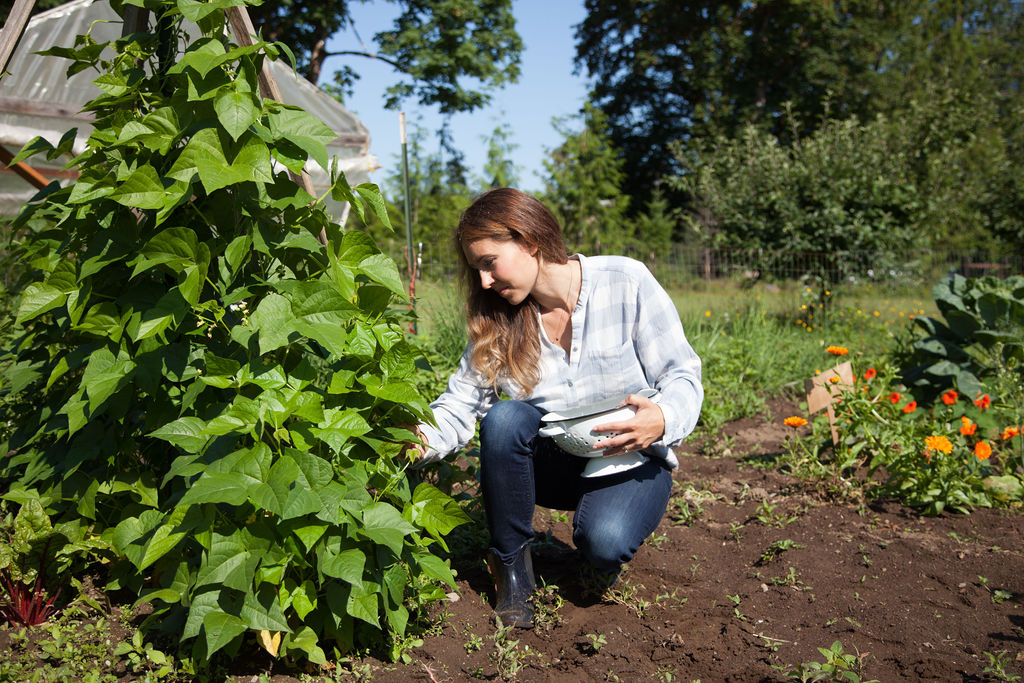
Bush or pole beans? Learn more about which type of bean is right for you here.
Sweet Potatoes
My number one pick was sweet potatoes, and I chose this for several reasons. First, I live in the southern US, where sweet potatoes thrive. Second, the potential yield per square foot is very high, and you can eat both the greens and the tubers for an all-around nutritious food. Sweet potatoes also keep well, giving you a food supply for most if not all of the winter after your fall harvest.
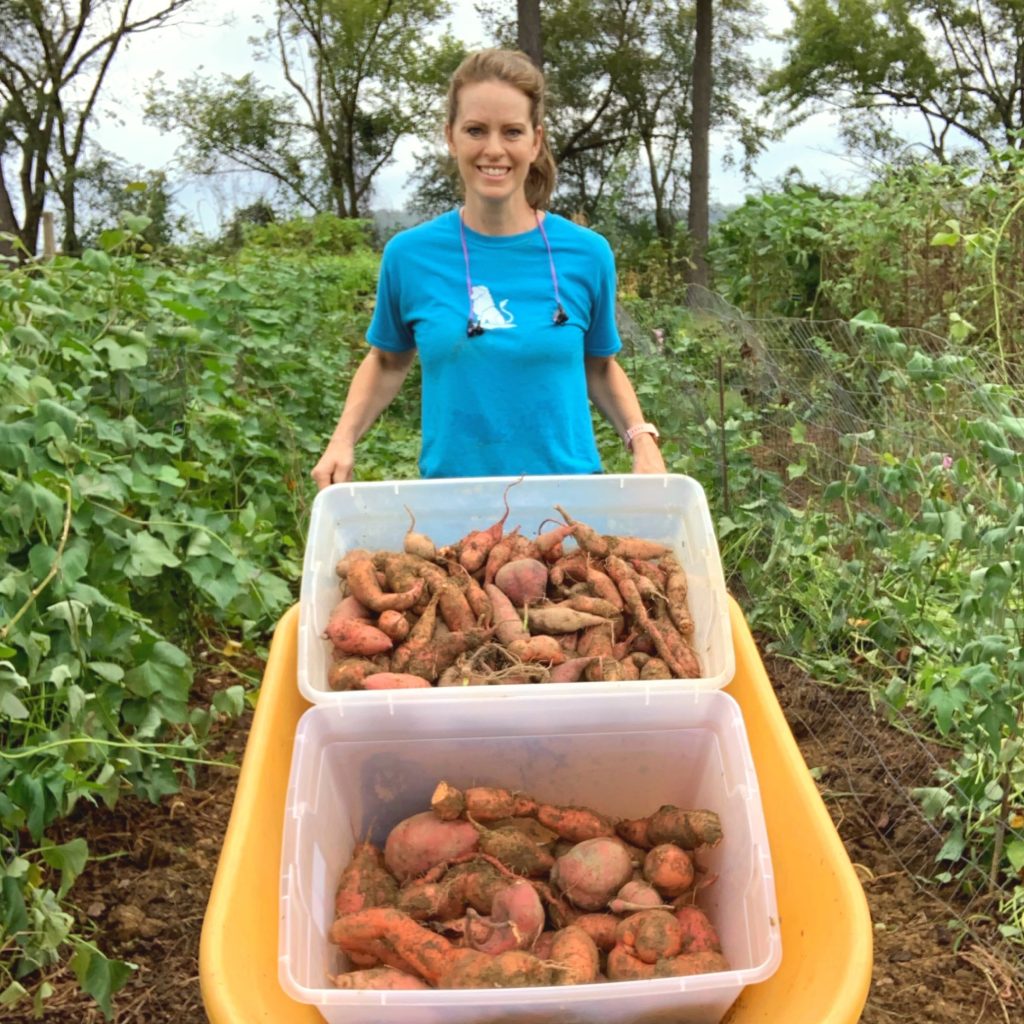
Corn
For Kevin’s number two pick, he chose corn. Corn is another calorically-dense crop, helpful during a crisis situation. Plus, you can choose to grow sweet corn for corn on the cob, canned corn, or frozen corn. Or, you can grow dent corn for the purpose of drying it and turning it into cornmeal.
Learn more about growing corn here.
Tomatoes
For Melissa’s number two pick, she chose the most popular vegetable in the home garden — the tomato. But she specified not just any tomato; she recommends the paste tomato. Paste tomatoes such as San Marzano Lungo #2 (her favorite), Romas (my favorite), or Amish Paste (another popular choice) are best for preserving in sauces, salsas, and other means. Paste tomatoes can also be eaten fresh, giving you the versatility for year-round use.
Learn more about growing tomatoes here.
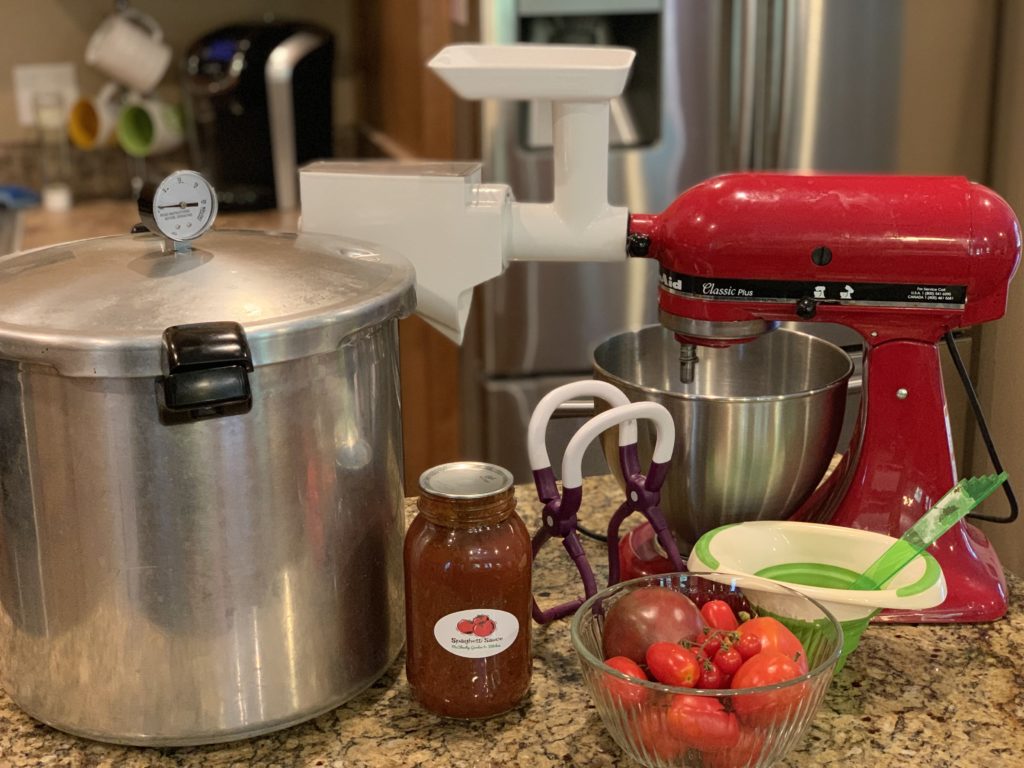
Lettuce/Greens
My number two pick was lettuce or other greens. While lettuce and greens will not grow in the summer in my area, they are still my choice if you’re able to plant in the early spring or fall. Because they are a quick-growing crop, you can expect to harvest sooner and begin eating faster than some of the other crops we’ve chosen. Plus, lettuce is an easy-to-grow crop that is happy in containers, raised beds, or ground beds alike.

Herbs
Kevin rounded out his top three with an unlikely (but wise) choice — herbs. Herbs amp up the flavor profile of the other veggies you’re growing, and in a crisis situation, you don’t want to discount the value of a delicious (as well as nutritious) meal. Both annual herbs like (basil and cilantro) and perennial herbs (like rosemary and thyme) deserve a place in your garden.
Onions
Melissa’s third choice didn’t come easy for her, but she settled on onions. Onions are a vegetable she uses almost daily in her cooking, and as such, she wants to make sure she has plenty of them. This is another example of growing what your family already eats. Melissa recommends yellow onions since they store longer than white or red onions.
Learn more about growing onions here.
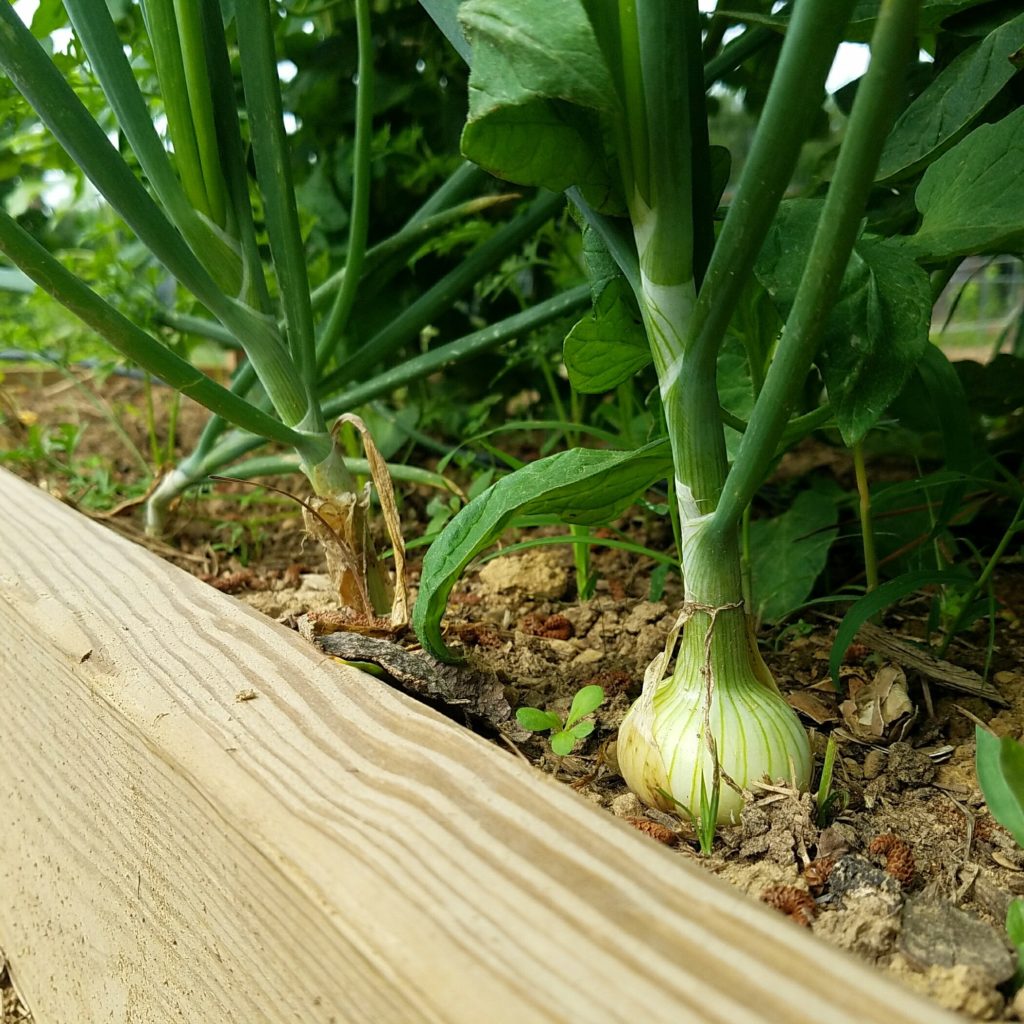
Squash/Winter Squash
I rounded out my top three with squash and/or winter squash. Summer squash and zucchini grow fast in the early spring and summer, and they can provide you with food fairly quickly. Not only will you enjoy eating these fresh summer staples, but you can also shred and freeze them for zucchini bread and other uses in the off-season. Winter squash like spaghetti squash or butternut squash are also good choices because of their long-term storage capacity, lasting through the winter months.
Though none of us wants to think about gardening in a crisis situation — where we are completely dependent on our gardens for food — Kevin, Melissa, and I would all agree that it’s a smart move to prepare.
When grocery store shelves emptied of many common canned goods in March 2020, I wasn’t concerned because I can enough green beans to last all year, and I knew I would have a pea, tomato, and corn harvest coming up in a few months. Though I’m still dependent on others for a good amount of my food, I know I can depend a fair amount on my garden.
Our hope is that with each season you can grow more and more of your own food, and if a crisis situation comes, you will have crops coming, harvested, or preserved to feed your family and set your mind at ease.
Want to know more? Check out these books Kevin, Melissa, and I wrote to help you in your garden — whether gardening in a crisis or not. *links below are affiliate links
Kevin’s book, Urban Gardening
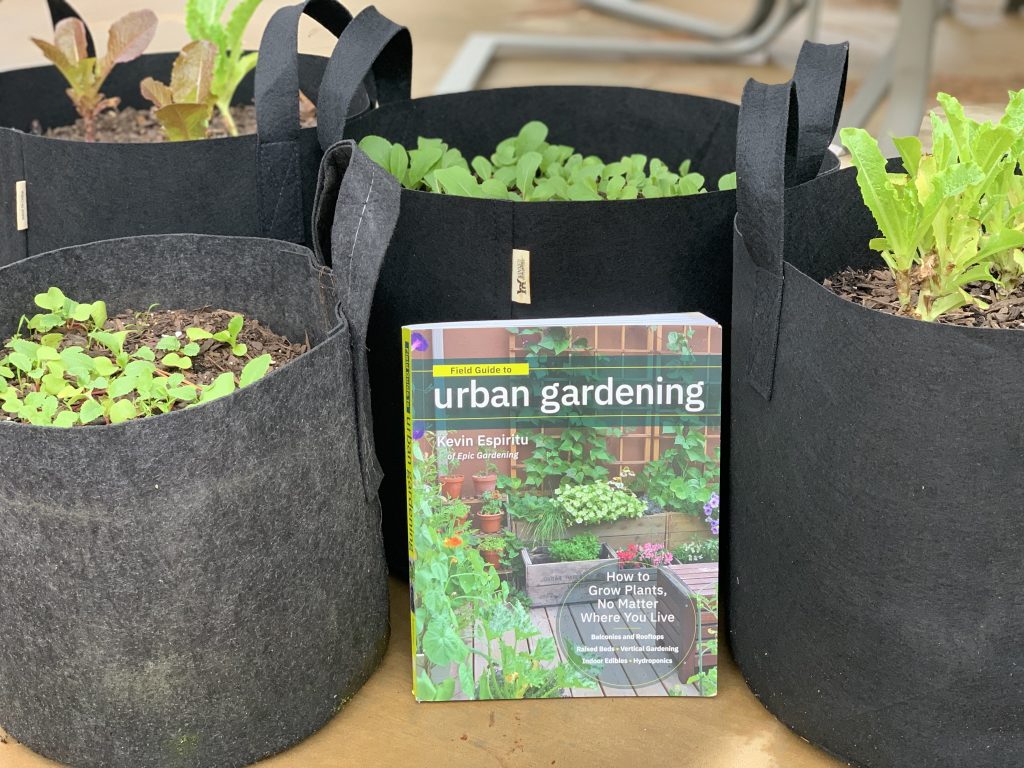
Melissa’s book, The Family Garden Plan
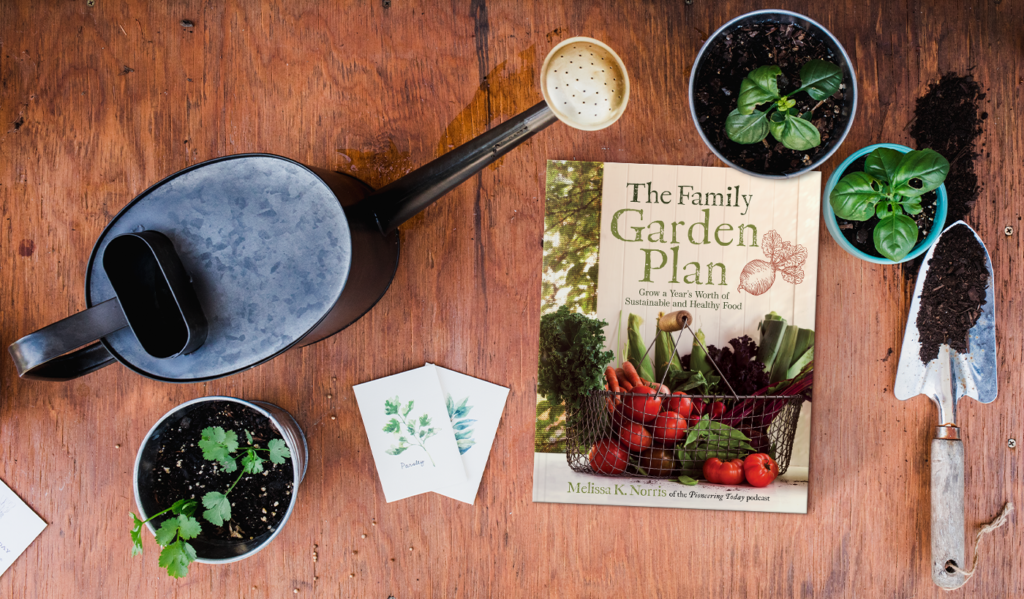
My book, Vegetable Gardening for Beginners

Do you get overwhelmed with garden planning?

Subscribe here for my best tips to plan your garden in just 7 days -- all for FREE.
Plus, I'll send you my "In the Garden E-mail" on Fridays, periodic updates on garden resources relevant to you, and you'll receive access to my entire bank of free garden downloads!
You are also agreeing to our privacy policy.

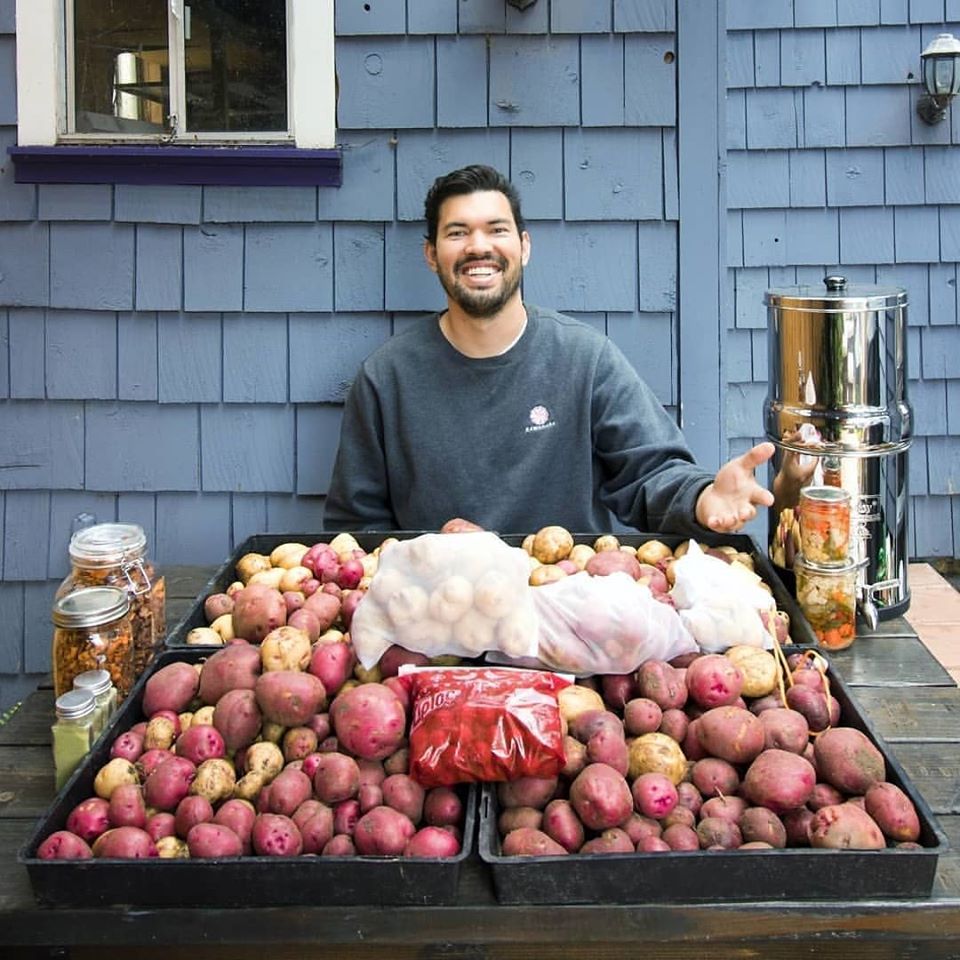
I am used to growing my garden in the ground. I have a raised bed now and the 1st year was great but now nothing grows. I did fertilize with 10-20-20 . Could I have used too much? I have put Peat Moss, Manure, and bags of Potting Soil as well as Compost. I have even had soil delivered. How do I find out if I have too much fertilizer on there?
Yes, that could have been too much, especially since you had manure and compost, which are excellent sources of nutrients. I would recommend a soil test, either from your local cooperative extension agent or a company I recommend called Soil Kit. (Here’s my affiliate link for them: https://journeywithjill.net/soilkit) You might also have a pH imbalance, which a soil test would be able to tell you. Fertilizer with that high amount of nutrients also can have a lot of salt content, which can harm the soil life in your soil. I recommend sticking with organic amendments in the future, but definitely start with a soil test.
This might be my favorite of all your posts. I would love to know what the “runner up” plants would be!